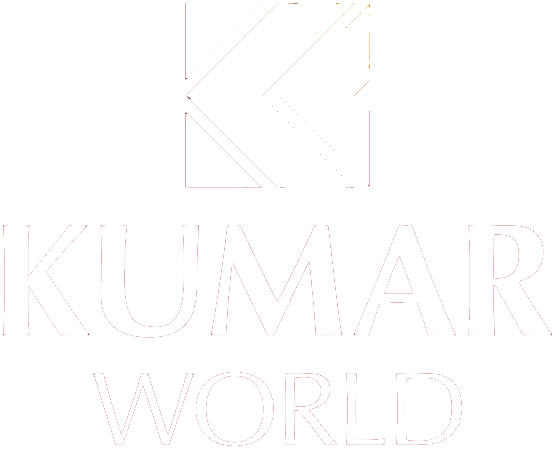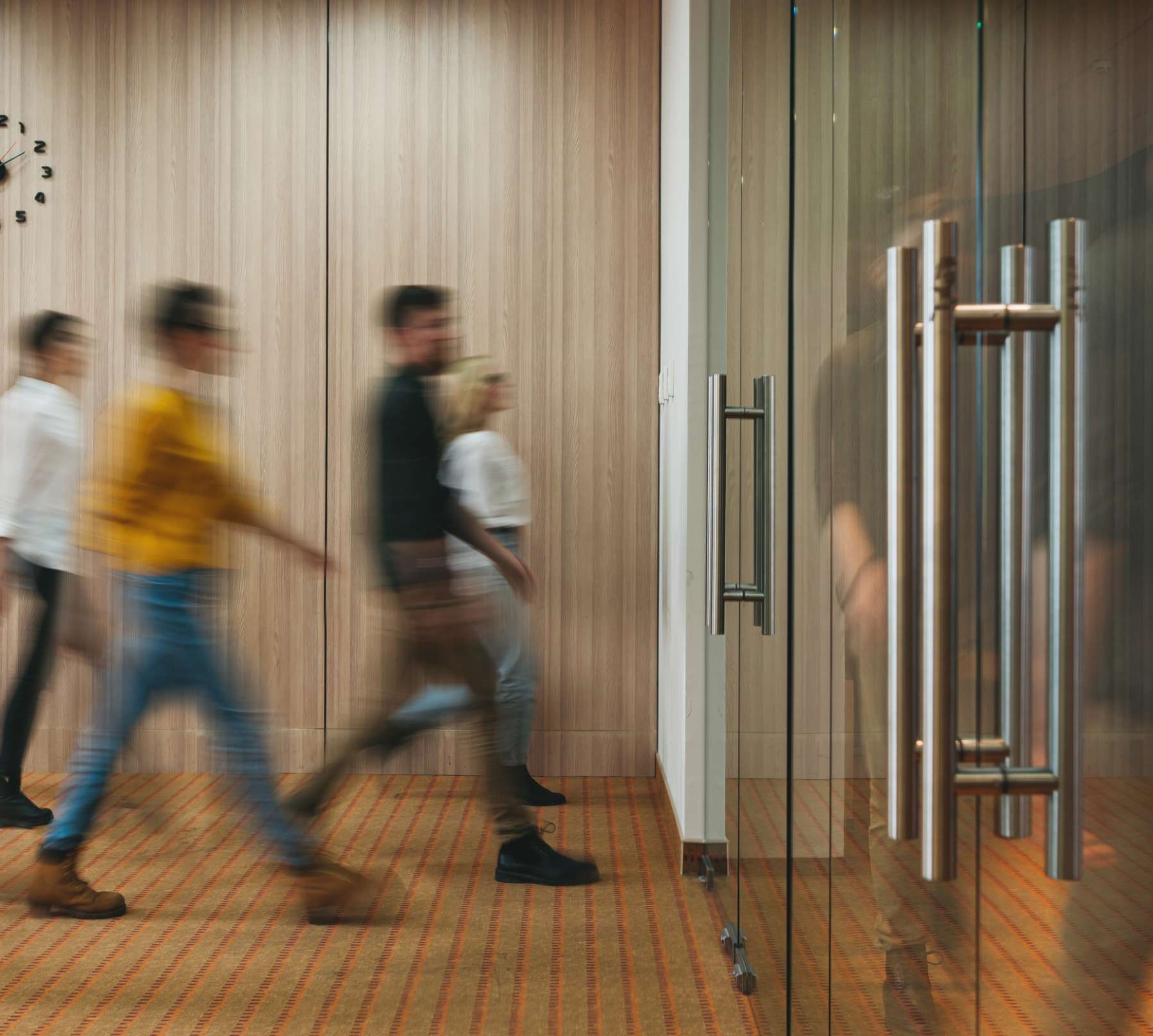The collection and disposal of wet garbage can be done within the premises of small townships by a ‘Vermiculture system’.
Depending upon the volume of collected wet garbage, trenches are excavated to suit this volume. A layer of brickbats followed by a layer of singles and layer of cow-dung is laid by maintaining a proper slope at the bottom. The cultures Vermies casting is spread over the paste formed cow-dung. The leaves of Neem tree are spread on the layer of the Vermies. The topmost layer consists of fallen leaves. A suitable sized weldmesh is then fixed on the top of the trench to ensure aeration for the Vermies.
The collected wet garbage is spread over the topmost layer of the Vermiculture trench. This trench is watered everyday to help decompose the garbage. The wet garbage shall be spread only two times a day for the first fifteen days to ensure the proper growth of the Vermies. As the verms start growing, they utilize the wet garbage as their food. The soil left behind by the Verms, go on accumulating to form good quality manures.
This manures is very useful for trees, plants and a variety of house gardens. The Vermies usually preferred are Icynia Phetinda or Udrilus muzin.
This Vermiculture process is hygienic, economical and environment friendly.







0 Comments